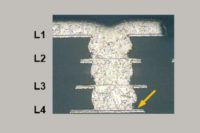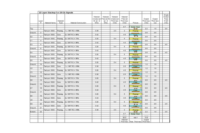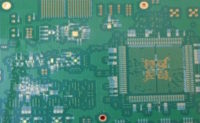Lee Ritchey
Lee Ritchey is considered to be one of the industry’s premier authorities on high-speed PCB and system design. He is the founder and president of Speeding Edge, an engineering consulting and training company. He conducts on-site private training courses for high technology companies and also teaches courses through Speeding Edge and its partner companies in public venues as well as at industry trade shows and technical conferences. In addition, he provides consulting services to top manufacturers of many different types of technology products including Internet, server, video display and camera tracking/scanning products. He is currently involved in characterizing materials for ultra high speed data links used throughout the Internet.
Prior to founding Speeding Edge, Ritchey held a number of hardware engineering management positions including Program Manager for 3Com Corporation in Santa Clara and Engineering Manager for Maxtor. Previously, he was co-founder and vice president of engineering and marketing for Shared Resources, a design services company specializing in the design of high-end supercomputer, workstation and imaging products. Earlier in his career, he designed RF and microwave components for the Apollo space program and other space platforms. Ritchey holds a B.S.E.E. degree from California State University, Sacramento where he graduated as outstanding senior.





